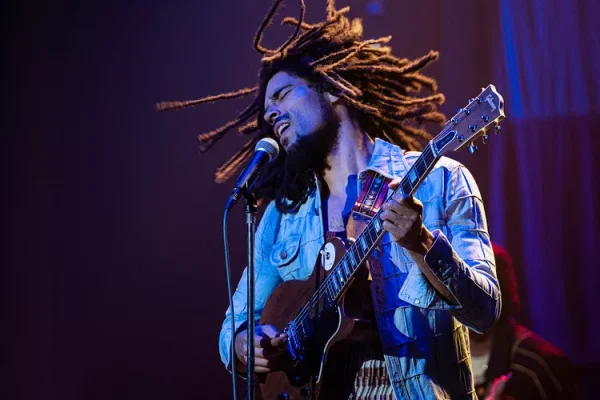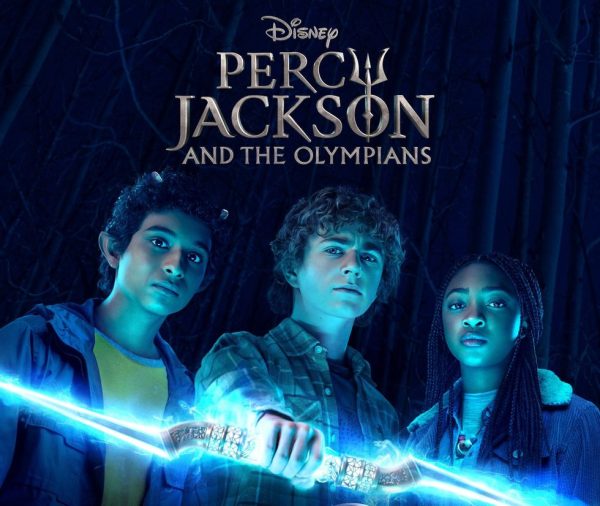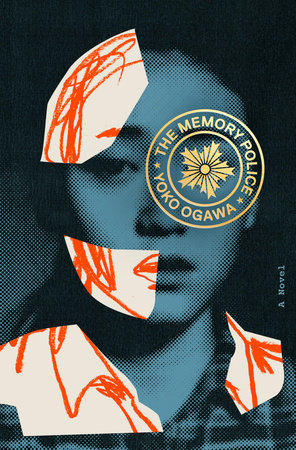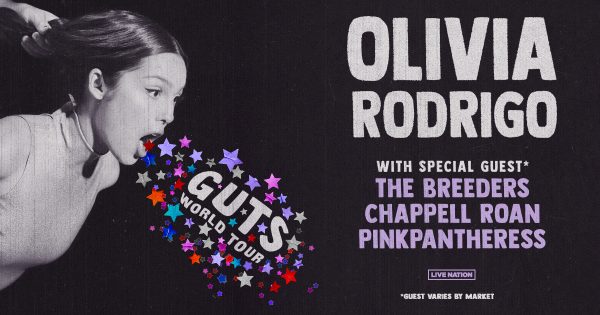Dia De Los Muertos
Contrary to popular belief, Día de los Muertos is NOT a Mexican Halloween. Día de los Muertos, or also commonly known as Day of the Dead, is a 3 day celebration/holiday in Mexican and Latin American Culture. This holiday is celebrated to remember our loved ones and ancestors who have passed on.
Día de los Muertos originated in Mexico and dates back all the way to the Aztecs in Central Mexico. The Aztecs used skulls to remember the people who have passed on way before Día de los Muertos was a known holiday. When the Spanish conquered the Aztec empire the Catholic Church adopted the holiday. The dates in the Catholic calendar are November 1st, which is Día de los Santos (All saints day) which honors the children who have passed away. November 2nd is the holiday we all know and love, Día de los Muertos. But October 31st is when the traditions first commence.
“Personally the most important part is to be able to take time out of our busy schedules and days to remember loved ones and people who have passed in order to find peace and sanctuary in our warm memories of them.” Ms. Martinez, a Literature teacher and alumni of the MEChA club.
The altars, the music, the flowers and so much more are all parts of celebrating this colorful holiday. There are assortments of festivals and parades for Day of the Dead that celebrate in different ways. A common theme of all these festivals is the decoration. Papel picado (confetti) is often seen throughout the celebration, along with endless dancing and singing. You’re bound to see someone with their face painted with a skull, which is done to represent a deceased loved one.
An ofrenda (Altar) is a big part of Día de los Muertos. An ofrenda typically consists of marigolds and butterflies. Marigolds are put because the flowers have a very distinct scent that is used to attract the souls and spirits of the dead. The butterflies represent the souls of the dead. An ofrenda also consists of lots of food, usually any food that the people on your ofrenda enjoyed when they were alive. This can be chips, baked goods and whatever else that they liked in their lifetime. There is also bread on an ofrenda, commonly a specific type of bread called “pan de muerto” which is used to represent the circle of life.
“My family put up an altar. We have some fresh flowers on the altar. We invited some family to come over and we all talked about our relatives that have passed and ate some pan de muerto” said sophomore Mikaela Peŕez
What Día de los Muertos looks like here at John W. North High School is a one day celebration during lunch time. This year, it was run by a collaboration of MEChA and Ballet Folklorico, two clubs here on campus. We were greeted at lunchtime with a wonderful culture filled dance by Ballet Folklorico near the hill. International Dancing also made an appearance near the hill dancing to some Spanish tunes.
“It’s a celebration of heritage, for us it’s a day to be able to share a little bit of the culture and the rich traditions with the rest of the student body.” Ms. Martinez
Overall, Día de los Muertos is a beautiful holiday to celebrate and honor our loved ones who have passed. There are many cultures that celebrate it in many different ways but the meaning is never lost. Everyone comes together to celebrate and pay respects. Remembering funny stories and events of our families never fails to brighten everyone’s mood. Be sure to remember your loved ones year round, but especially on Día de los Muertos.











